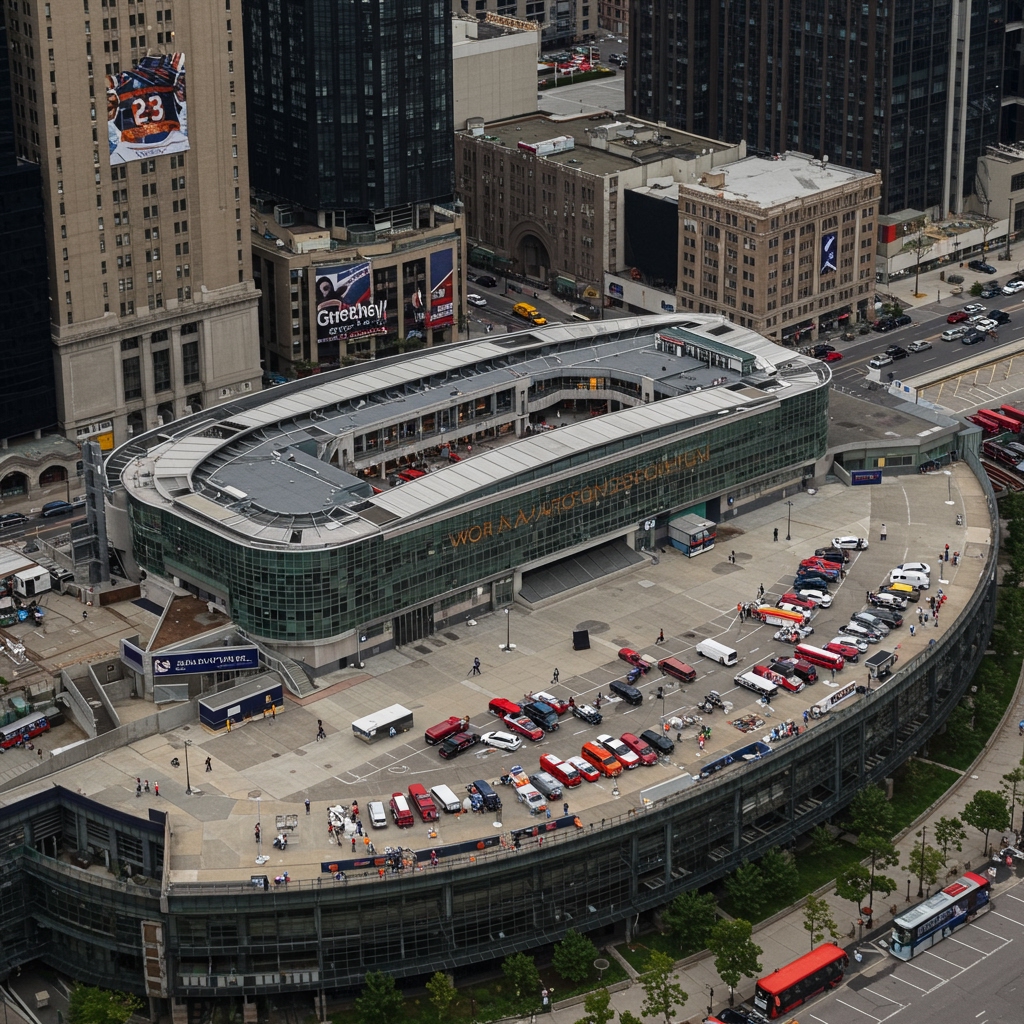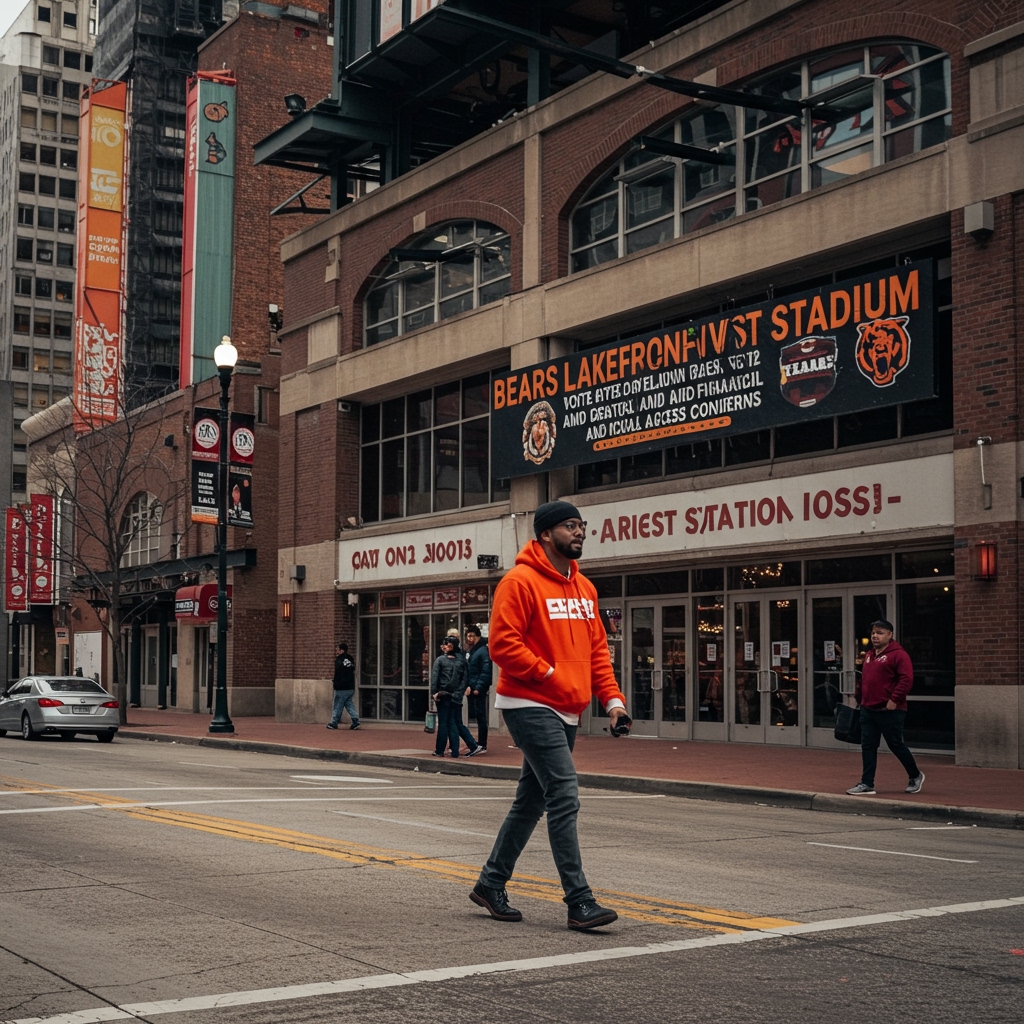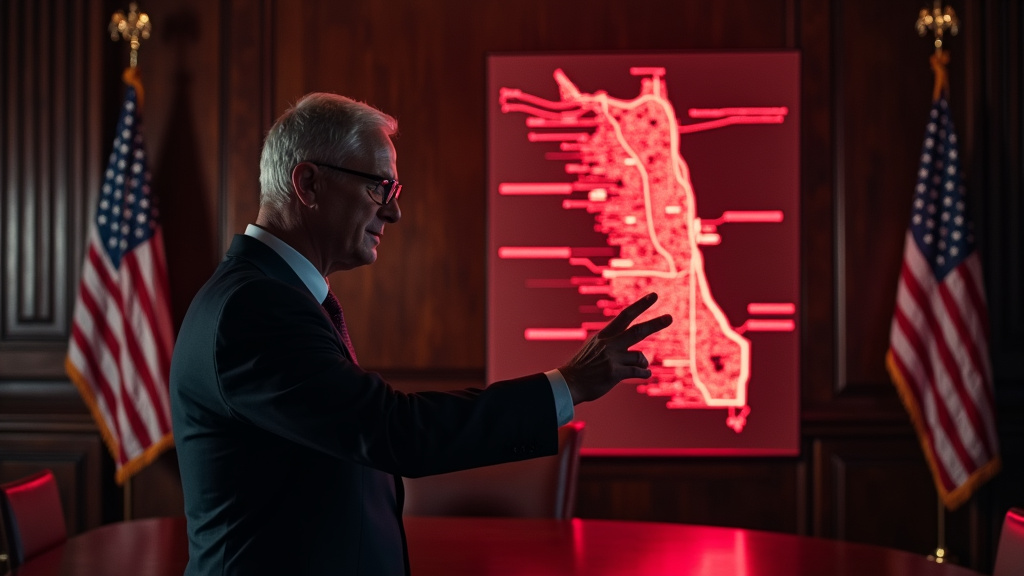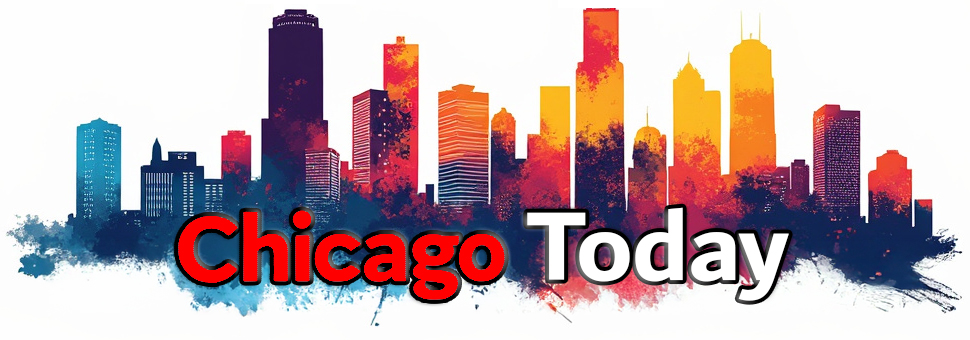SPRINGFIELD, IL – Following the highly anticipated reveal of the Chicago Bears’ ambitious $4.7 billion vision for a domed stadium and entertainment district along the city’s iconic lakefront, key legislative leaders in Illinois on Friday, March 21, 2025, expressed significant reservations regarding the team’s accompanying request for a substantial public contribution. The Bears’ proposal, which outlines a need for $2.4 billion in state and local taxpayer funds to support the transformative project, immediately met with a cautious reception in the state capital.
Leaders representing both the Illinois House of Representatives and the Illinois State Senate issued statements and comments indicating that the magnitude of the public funding component necessitates rigorous scrutiny and broad public engagement. The lawmakers emphasized that a financial commitment of this scale from the state treasury cannot be made lightly and must undergo a transparent and thorough review process.
The core of the legislative skepticism appears to stem from fundamental questions about fiscal responsibility and state priorities. Concerns were explicitly raised regarding the potential for diverting state funds – which are allocated to critical areas such as education, healthcare, infrastructure, and social services – towards a professional sports facility. Legislators highlighted the ongoing budgetary pressures faced by the state and the inherent competition for limited resources, suggesting that a massive investment in a stadium could come at the expense of other vital public needs.
Furthermore, questions were posed about the long-term financial viability and structure of the proposed stadium authority model that would presumably oversee the project and manage the public debt. Stadium authorities are governmental or quasi-governmental entities often created to finance, construct, and operate sports venues, typically through issuing bonds backed by specific revenue streams or, in some cases, by the state’s credit. Lawmakers indicated a need to understand the detailed financial projections, debt repayment plans, and potential risks associated with this model, especially concerning the state’s exposure and potential future liabilities over the decades the debt would be outstanding. Past experiences with publicly financed sports facilities in various jurisdictions, including cost overruns and uncertain economic impacts, often inform such legislative caution.
The Bears’ lakefront proposal, unveiled with considerable fanfare, envisions replacing the historic Soldier Field with a modern, enclosed stadium surrounded by parkland and entertainment facilities. The team has argued that the project would provide significant economic benefits, create jobs, and enhance Chicago’s status as a global city. However, legislative leaders signaled that these potential benefits must be weighed against the direct cost to taxpayers and the opportunity cost of not investing those funds elsewhere.
The $2.4 billion public funding request represents slightly more than half of the total estimated project cost, a proportion that immediately drew attention in Springfield. While proponents of publicly funded stadiums often cite economic multipliers and increased tax revenues generated by the facility and associated development, critics, including many lawmakers, point to studies suggesting that the economic impact of sports stadiums is often overstated and does not justify the public investment compared to other forms of economic development or direct public spending.
Legislative calendars in Springfield are typically packed with debates over the state budget, pressing policy issues, and constituent concerns. Introducing a large-scale, potentially controversial funding package for a private entity like a professional sports team requires significant political capital and face time with a diverse group of legislators who represent different regions and priorities across the state. The initial reaction suggests that building consensus for the Bears’ proposal will be an uphill battle.
No immediate legislative action was indicated on Friday, March 21, 2025, nor was any commitment made by state leaders to champion or fast-track the Bears’ funding request. The statements from the House and Senate leadership collectively signaled that the proposal is, at this stage, merely a starting point for a lengthy conversation – one that will require extensive justification from the team and careful deliberation within the General Assembly. The lack of an immediate embrace underscores the deep fiscal considerations and competing demands on state resources that will shape the debate over potentially committing billions of dollars in public funds to the project.
The path forward for the Chicago Bears’ $2.4 billion funding request in Springfield appears challenging. The concerns voiced by key lawmakers reflect a broader public and governmental hesitancy to commit large sums of taxpayer money to privately owned sports franchises without clear, demonstrable, and independently verifiable public benefits and robust financial safeguards. The coming months are expected to involve intense lobbying efforts by the Bears and rigorous questioning from legislators as the proposal navigates the complex political and budgetary landscape of Illinois.














